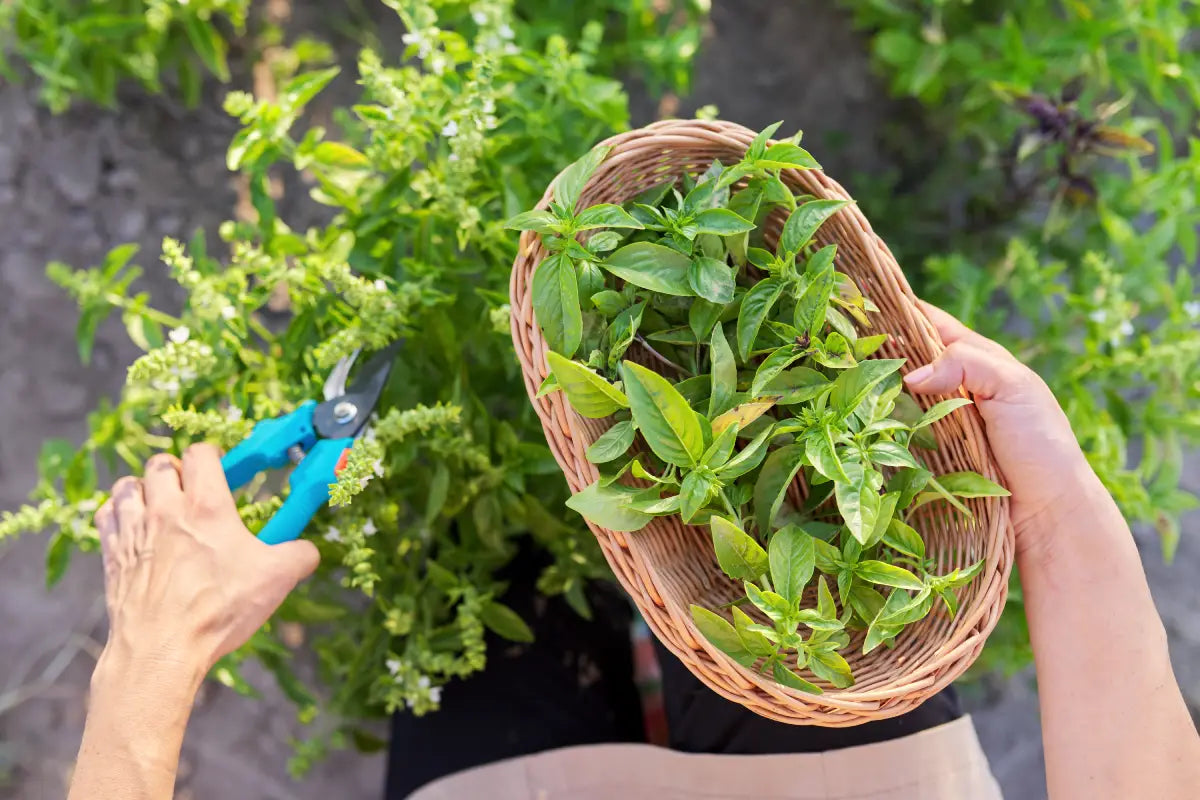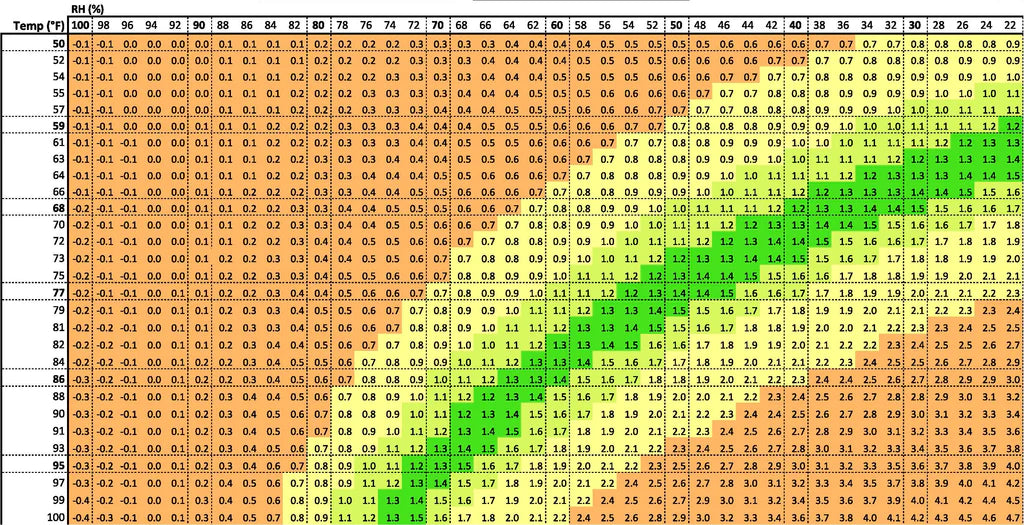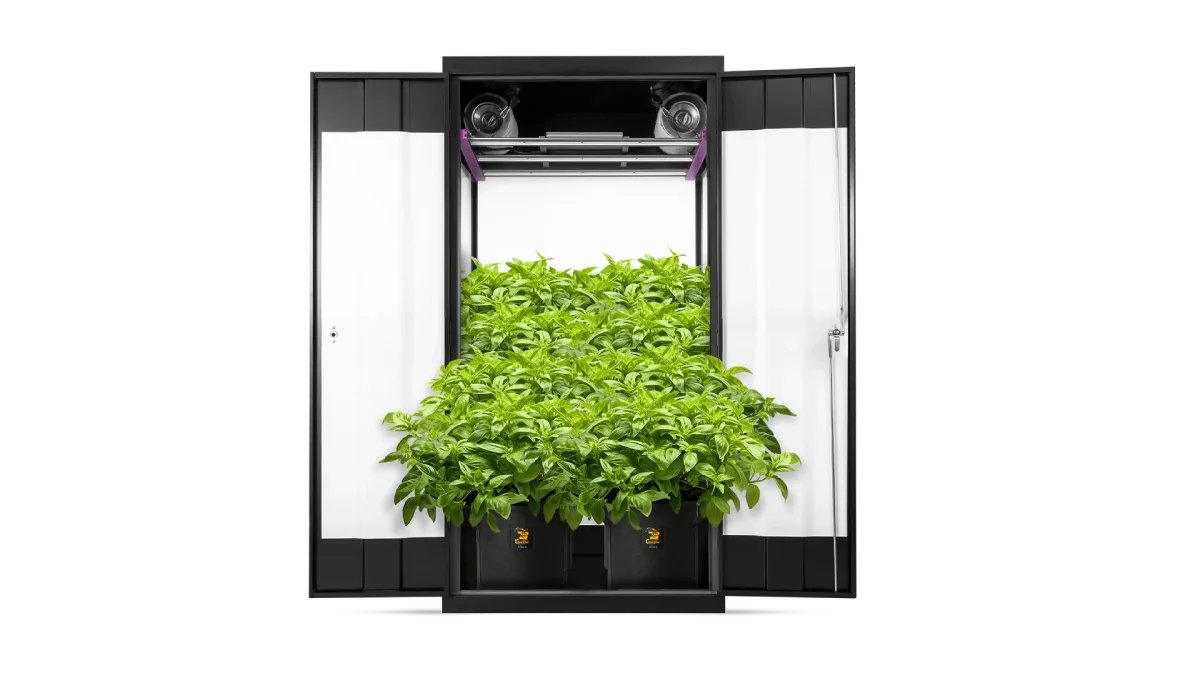
How to Harvest Basil: A Step-by-Step Guide for Continuous Growth
How to Harvest Basil: A Complete Guide for Healthy and Abundant Growth
Basil is one of the most popular herbs used in kitchens around the world, known for its vibrant flavor and aroma. Whether you’re growing it in your garden or indoors, knowing the proper way to harvest basil is essential for keeping your plant healthy and productive throughout the growing season. In this guide, we’ll walk you through the best techniques for harvesting basil, how often to do it, and tips to ensure your basil plant thrives all season long.
Why Proper Basil Harvesting is Important
Harvesting basil is not only about picking the leaves you need for your next recipe, but it’s also about encouraging more growth. When harvested correctly, basil plants respond by producing more leaves and growing fuller, which leads to a continuous supply of fresh basil. Improper harvesting, on the other hand, can stunt the plant’s growth or cause it to become leggy and weak.
When is the Best Time to Harvest Basil?
Timing is key when it comes to harvesting basil. Here are some indicators that your basil plant is ready for harvest:
- Height: Wait until the plant is at least 6 to 8 inches tall before harvesting. A healthy basil plant will have several sets of leaves before it’s ready to be picked.
- Leaf Count: Basil plants should have at least 4-6 sets of true leaves. This ensures that the plant has a robust root system to support continued growth.
- Morning Harvest: The best time to harvest basil is in the morning, after the dew has dried but before the heat of the day sets in. This is when the plant’s essential oils are at their peak, giving you the most flavorful leaves.
How to Harvest Basil Properly
Harvesting basil the right way ensures that the plant continues to grow and produce more leaves. Here’s a step-by-step guide on how to do it:
- Start from the Top: Always start harvesting from the top of the plant. Look for a set of leaves that is just above a pair of growing nodes (the points where leaves or branches meet the stem). Snip or pinch off the stem right above this node. This encourages two new shoots to grow from the node, doubling your future harvest.
- Use Clean Tools: It’s important to use clean scissors or pruning shears to avoid introducing diseases to your basil plant. Sterilize your tools with rubbing alcohol before each use.
- Pinch, Don’t Pluck: Avoid pulling or plucking leaves from the plant, as this can damage the stems. Instead, use scissors or your fingernails to cleanly cut the stems just above a leaf node.
- Don’t Strip the Plant: Never remove more than one-third of the basil plant at once. Taking too much at a time can stress the plant and reduce its overall productivity.
How Often to Harvest Basil
Basil is a fast-growing herb, and with the right care, you can harvest it multiple times throughout the growing season. Generally, you can begin harvesting basil about 4 to 6 weeks after planting. As long as you follow proper harvesting techniques, basil can be harvested every 1 to 2 weeks. Regular harvesting also helps prevent the plant from flowering, which can cause the leaves to become bitter.
Pinching Off Flowers
One of the most important aspects of maintaining a healthy basil plant is preventing it from going to flower. Once a basil plant starts to flower, it will put more energy into seed production, causing the leaves to lose flavor and turn bitter. Here’s how to prevent flowering:
- Pinch Off Flower Buds: As soon as you see flower buds starting to form, pinch them off. This will force the plant to focus its energy on producing more leaves rather than flowers.
- Prune Regularly: Frequent pruning and harvesting can help delay the flowering process. The more often you harvest, the longer you can keep your basil plant in its leafy, productive phase.
What to Do with Harvested Basil
After harvesting your basil, there are several ways to store and use it to ensure you have fresh basil for as long as possible:
- Use Fresh: Fresh basil is ideal for adding to salads, sauces, and garnishing dishes. Use the leaves immediately after harvesting for the best flavor.
- Store in Water: If you’re not using the basil right away, you can store the stems in a glass of water. Change the water every couple of days to keep the basil fresh for up to a week.
- Refrigerate: Basil can be stored in the refrigerator wrapped in a damp paper towel inside a plastic bag for about 4 to 5 days. Keep in mind that refrigeration can sometimes darken the leaves.
- Freeze: Basil can be frozen for long-term storage. Simply blanch the leaves in boiling water for a few seconds, then transfer them to ice water. Dry the leaves and freeze them in airtight containers or freezer bags.
- Dry Basil: You can also dry basil for long-term use. Hang small bundles of basil upside down in a warm, well-ventilated area until the leaves are completely dry. Store the dried basil in an airtight container.
Tips for Promoting Continuous Basil Growth
To ensure that your basil plant keeps producing fresh leaves throughout the season, follow these additional tips:
- Feed Your Basil: Regularly fertilize your basil with a balanced, organic fertilizer to provide the nutrients it needs for continuous growth.
- Water Properly: Basil prefers well-drained soil, so water consistently but avoid overwatering. The soil should be moist but not soggy.
- Provide Sunlight: Basil thrives in full sunlight, requiring at least 6 to 8 hours of direct light per day. Ensure your basil is getting enough sunlight, especially if growing indoors.
- Space Plants Correctly: If you are growing multiple basil plants, make sure they are spaced at least 12 inches apart. This allows for adequate air circulation, which helps prevent diseases.
Conclusion
Harvesting basil may seem simple, but following the right techniques ensures that your plant will continue to produce flavorful leaves all season long. By regularly harvesting and pinching off flowers, you can keep your basil plant healthy and productive. Whether you use basil fresh or store it for later, this versatile herb is a must-have in any garden or kitchen. With the proper care and attention, you can enjoy a continuous supply of fresh basil for months to come.


